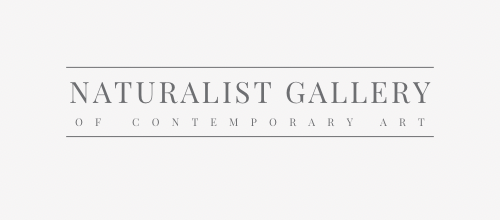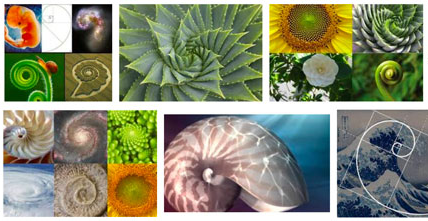The golden ratio, symbolized by the Greek letter φ (phi), has been a subject of fascination in art for centuries. This mathematical formula, approximating 1.61803398874989482045, is often heralded as a universal rule for creating beauty and harmony in artistic works.
The golden ratio in art is a mathematical proportion (approx. 1:1.618) used to create aesthetically pleasing compositions. It appears in nature and has been applied in art and architecture throughout history for its harmonious and balanced visual appeal.
Explore our curated selection of contemporary artists from around the globe.
Naturalist Gallery offers artist representation internationally. Apply your art.
1. Understanding the Golden Ratio
- Definition and Calculation: The golden ratio is a proportion where the ratio of the sum of two quantities to the larger one is the same as the ratio of the larger one to the smaller (x²=x+1).
- Creating a Golden Rectangle: A practical guide to achieving this ratio in design, involving multiplying the side of a square by 1.618.
2. Historical Significance
- Early Examples: Tracing the appearance of the golden ratio in ancient structures like the Pyramid of Cheops and the Parthenon.
- Euclid and Fibonacci: Exploring the official discovery by Euclid and the Fibonacci sequence's relation to the golden ratio.
3. The Golden Ratio in Famous Artworks
- Leonardo da Vinci: Examining da Vinci's use of the golden ratio in works like the Vitruvian Man and the Mona Lisa.
- Dalí and Le Corbusier: Highlighting the application in Dalí's 'The Sacrament of the Last Supper' and Le Corbusier's architectural designs.

4. The Golden Ratio in Nature and Art
- Natural Occurrences: Discussing how the golden ratio appears in nature, like in pine cones and Romanesco cabbage.
- Art Imitating Nature: Contemplating the idea that art seeks to glorify the natural beauty found in the golden ratio.
5. Practical Applications: Using the Golden Ratio
- Techniques and Tips: Offering steps and methods for artists to incorporate the golden ratio into their compositions.
- Masterpieces Revealed: Analyzing how historical masterpieces have utilized the golden ratio for visual appeal.
6. Theoretical Insights
- The Divine Proportion: Delving into why some artists and architects believe the golden ratio creates the most aesthetically pleasing shapes.
- The Golden Ratio in Modern Art: Exploring its relevance and use in contemporary art forms.
The golden ratio continues to be a beacon of harmony and aesthetics in art, bridging the gap between mathematics and creative expression. Its timeless appeal lies in its ability to mirror the natural world's order and balance, making it a powerful tool for artists across generations.
Learn more About Naturalist Gallery of Contemporary Art.
You may also find the following articles helpful:
Form: Understanding Dimensionality
Tone in Art: Understanding Color Value
Line: Types, Techniques, Element of Art
How to Get Your Work in an Art Gallery



